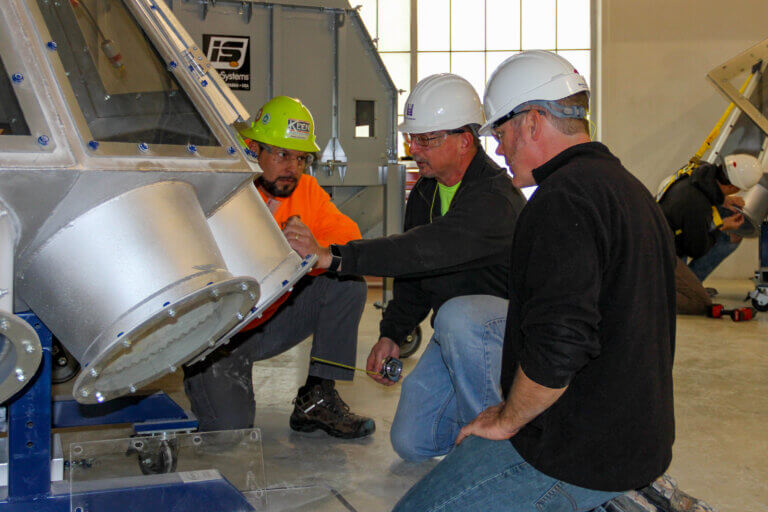Maintenance Methodology Introduction and Overview
This course begins with an explanation of maintenance methodology and how it applies in a grain handling facility. The participant will be introduced to the most common pieces of equipment. Participants will identify the importance of preventive maintenance and lubrication. Lastly, the importance of record-keeping processes will be introduced.
Power Transmissions: Design, Maintenance & Troubleshooting
The function of a grain handling facility depends on the design, maintenance and troubleshooting of the power transmission. First, the participant will Identify key safety considerations related to power transmissions. The lesson will review of main components of gear boxes, how they function, design capabilities and limitations. Building from the review, the importance of a defined scheduled inspection and maintenance will be evaluated. The lesson will conclude with insight on post breakdown troubleshooting of drive systems. After looking at those topics, the lesson will focus on key preventive maintenance considerations.
